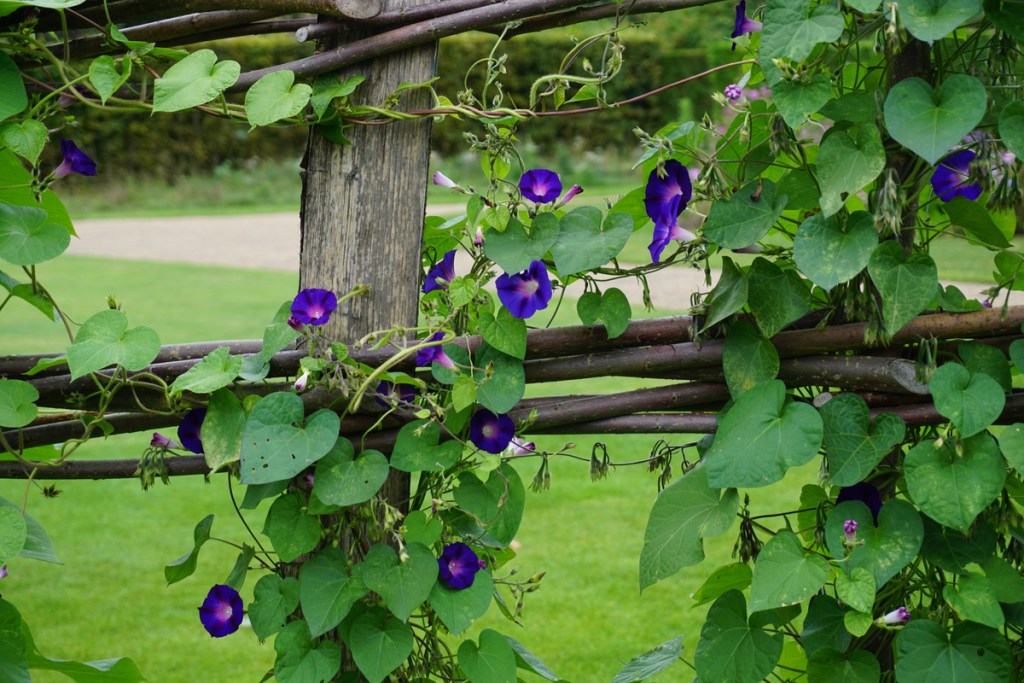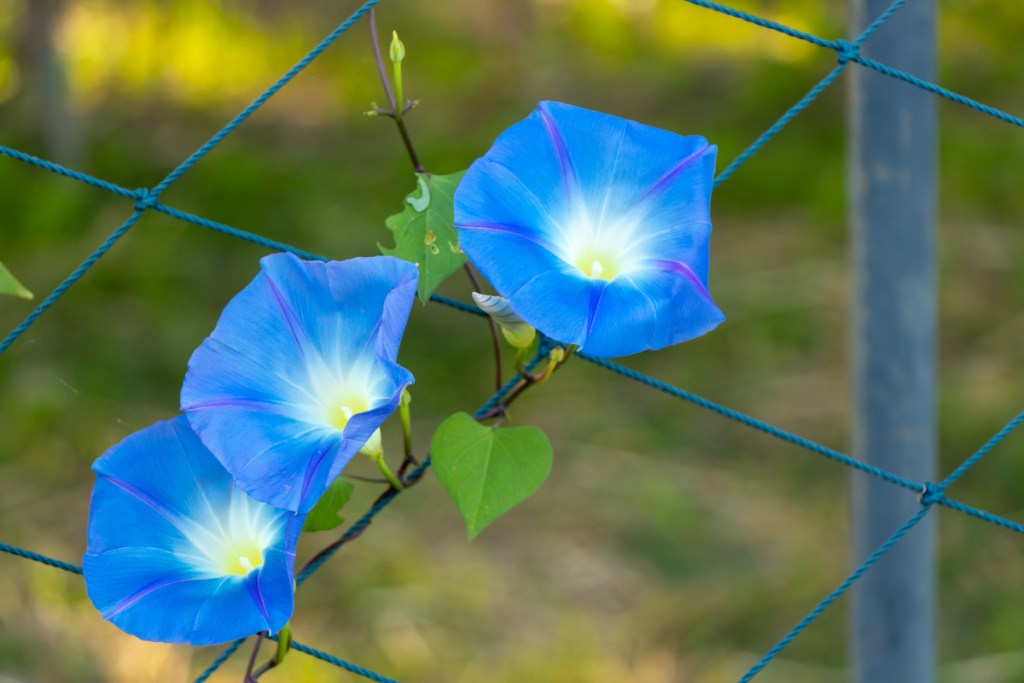If you’re an early riser, adding morning glories to your garden might seem like an obvious choice. Their bright colors and early morning blooms can make any morning just a little bit nicer. However, these beautiful flowers have an unfortunate downside — their growth rate. If you want to stop your morning glories from growing too quickly, here’s what you need to know.

Why do you need to control your morning glories?
Morning glories grow quickly and will spread to fill up as much space as is available. They will even climb over other plants in your yard or garden. Additionally, they are self-seeding, meaning more morning glory vines can grow without any input from you. Once they’re established, they can be difficult to remove, to the point that they’re even considered weeds in some places!
All of this combined can quickly lead to morning glories growing where you don’t want them to. If you plan to grow morning glories, or if there are some already growing in your yard or garden, it’s important to know how to control them.

Controlling morning glories without killing them
If you want to keep morning glories in your garden, but don’t want them spreading out of control, here’s what to do:
Step 1: Pinch vines that are climbing, removing the top of the vine.
This encourages them to grow shorter, bushier shoots instead of trailing vines.
Step 2: Provide your morning glories with a trellis they can climb without harming nearby plants.
It’s easier to control where your vines are climbing than it is to stop them from climbing entirely.
Step 3: Grow your morning glories in hanging baskets to keep them away from your other plants.
Step 4: Remove seed pods and extra vines as soon as you notice them.
You can do this by hand or with scissors.

Getting rid of morning glories entirely
If you need to get rid of morning glories that you didn’t plant or that have sprouted where you don’t want them to, then follow these tips:
Step 1: Pull up the entire vine, including as many of the roots as you can.
Morning glory roots can grow incredibly deep, so you may not be able to get all of them. If you can't pull them up, cut as close to the ground as you can.
Step 2: Chop the remaining roots with a spade or shovel to keep them from sprouting again.
Step 3: Lay a thick layer of mulch across the area to prevent sunlight and water from reaching any viable roots or sprouts.
Step 4: Watch the area closely, so you can catch sprouts before they develop flowers or seeds.
Step 5: Use herbicides only as a last resort, as they can damage any surrounding plants.
If you choose to use herbicides, those containing glyphosate are reportedly the most effective.
Morning glories are lovely, but they can become troublesome and weedy. These tips will help you keep the morning glories you want under control and get rid of the unwanted ones. This will help you have a garden that's happy and healthy.




